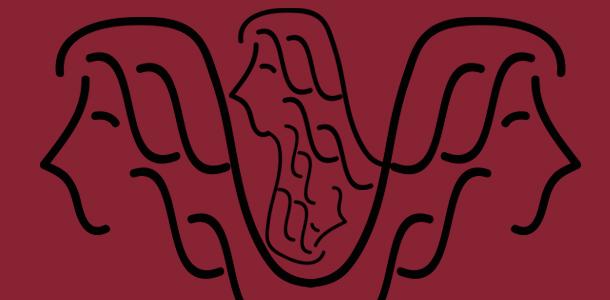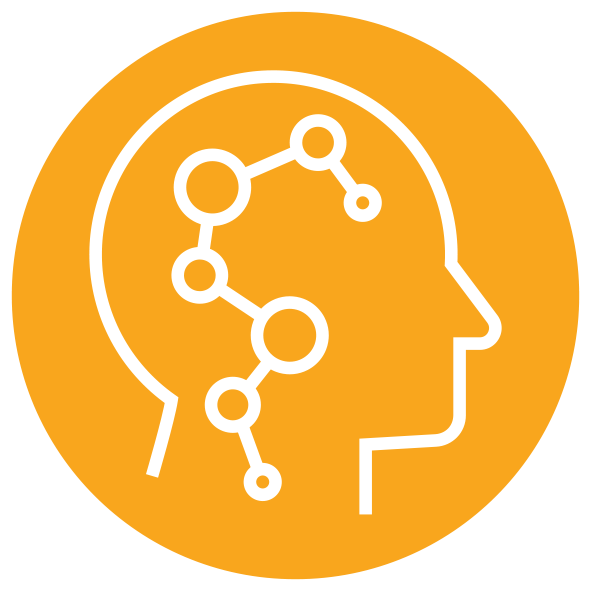Submitted by Abel James Tilda
on December 01, 2013

QUANTUM SHORTS 2013: RUNNER UP, YOUTH CATEGORY
Gran died on a Wednesday, but lucky for us she was back within a week.
When she knocked on the door, Olivia and I were eating dry cereal. Olivia was using her hands, which was a special thing she got to do when Mom was away. Other special things included Olivia wearing her ballet shoes to the grocery store and me getting in trouble when her arabesque knocked over twenty-seven soup cans.
Anyway, Olivia sashayed over to the door, her fist still full of Froot Loops. I think Mom told us not to answer the door, but I forget about things like that a lot. Besides, when I heard Olivia yelling about how happy she was to see Gran, I knew it was fine.
And then, of course, I realized it wasn’t exactly fine at all.
“Hello, darlings,” Gran said, smiling at me as she shuffled into the kitchen. I kind of gagged on my cereal, which I’m sure looked disgusting, but she didn’t have her glasses on anyway. “What are you ladies up to?”
“You were DEAD!” Olivia declared, pas-de-chatting gleefully around Gran. “And there was a big old funeral, and we all wore black and cried about you, and Mom got really angry at Uncle James for having it in a church, and I ate six different kinds of cookies!”
“How nice,” Gran said. She still had the morgue makeup on, so her face looked all weird and smooth, like she was a mime. The more she talked, the more it cracked. “Where’s your mother?”
“How did you – what?” I managed to choke out. “But – wha – we buried you really deep –” I faltered, realizing how that sounded. Hi, Gran, great to see you, we buried you really deep!
Gran squinted. “Ann, what are you talking about? Is this an Internet thing?” She shook her head. “I don’t understand half of what kids say nowadays.”
“Lemme take your purse!” Olivia shouted, yanking it from her hands. I hadn’t noticed it before, but now that I looked, there it was. Olivia began to stick her pudgy forearm into its depths to plumb for the usual surprise presents Gran usually brought her, but I shot her a look and she withdrew.
“How did you get here?” I asked, sweeping Froot Loop crumbs off Olivia’s placemat.
Gran smiled. “I drove, of course.”
I couldn’t remember hearing car noises, but when I glanced out the front window her Chevy was sitting on the driveway, sickeningly lilac as ever. I felt tired all of a sudden.
“Oh,” I said. “Okay.”
“Let’s play Candyland!” Olivia yelled, jumping up and down with her feet in second position, Gran’s purse hugged to her chest.
“Actually, honey, I think I’m going to lie down for a bit,” Gran said. My stomach lurched at the phrasing, but Olivia didn’t seem to notice.
“Aww,” she muttered.
“It’s okay,” I said. “Gran needs some rest.” Another stomach lurch. “Why don’t we let her nap in the guest room, and we can wake her when Mom gets home?”
“Thank you, Ann.” Gran smiled again; flakes of her makeup fluttered to the tile floor.
“Sure.”
I followed her down the hallway to see her to her room. The second she closed the door behind her, Olivia started yelling.
“What is it?” I hissed, thumping back into the kitchen. Olivia was standing next to the table and clutching at her face, the purse on the ground in front of her.
“There’s a cat in there,” she whimpered, backing up against the table.
“A cat?” I bent down and picked up the purse.
“No!” Olivia whined, plunking down on her bottom and scooting under the table. “No no no no no!”
I looked down. The purse was empty. I stuck my hand in it, rummaged around a little. Still nothing.
“What are you talking about?” I asked, turning the bag upside down and shaking it.
“There was a cat,” she said, sticking her thumb in her mouth, which she’s too old to do, but Mom wasn’t home anyway. “A dead cat. I thought there must have been something little in there, because it didn’t make any noise when I shook it, but then I opened it and saw – the – saw the –”
Her words tapered off into terrified sobbing that might have been fake but probably wasn’t. I shut the purse and looked into it again. Still no cat.
“Olivia? There’s nothing in here.”
She frowned, her lower lip jutting out, and snatched the bag from my hands. She closed it, then squeezed her eyes shut, holding her breath with her cheeks puffed up.
Olivia flung the purse open, and a cat sprung out. It was a calico, long-furred and slinking, and it yawned and set to licking its leg.
Olivia screamed.
“This isn’t right,” I mumbled.
“Mom’s allergic,” Olivia whispered, holding the purse to her chest. The cat finished cleaning its leg and began work on its large, magnificent tail. My heart was pounding hard enough to make my chest ache and my fingers throb.
“I have to go check on Gran,” I said, leaping up from the floor. I don’t know why I did it, but something told me I had to, and that was what Mom was always telling us: trust our instincts. A cat knows what to do because its brain has been sharpened to a point by thousands of years of evolution. I know what to do because Mom left me instructions, although I don’t know when she’ll be back.
The guest room was a sealed box at the end of the hall. My back was to the kitchen. In my head, I saw everything layered over everything, Olivia with and without a cat, Mom home and not home, Gran dead and not dead, none of them existing. At the funeral, the pastor had talked about believing in what we couldn’t see. I closed my eyes. I didn’t believe a thing.
About the Author
I am a seasoned traveller through both space (terrestrial, limited range) and time (standard rate, forward only). I play 2.5 instruments and speak 1.25 languages. I am not tall.



